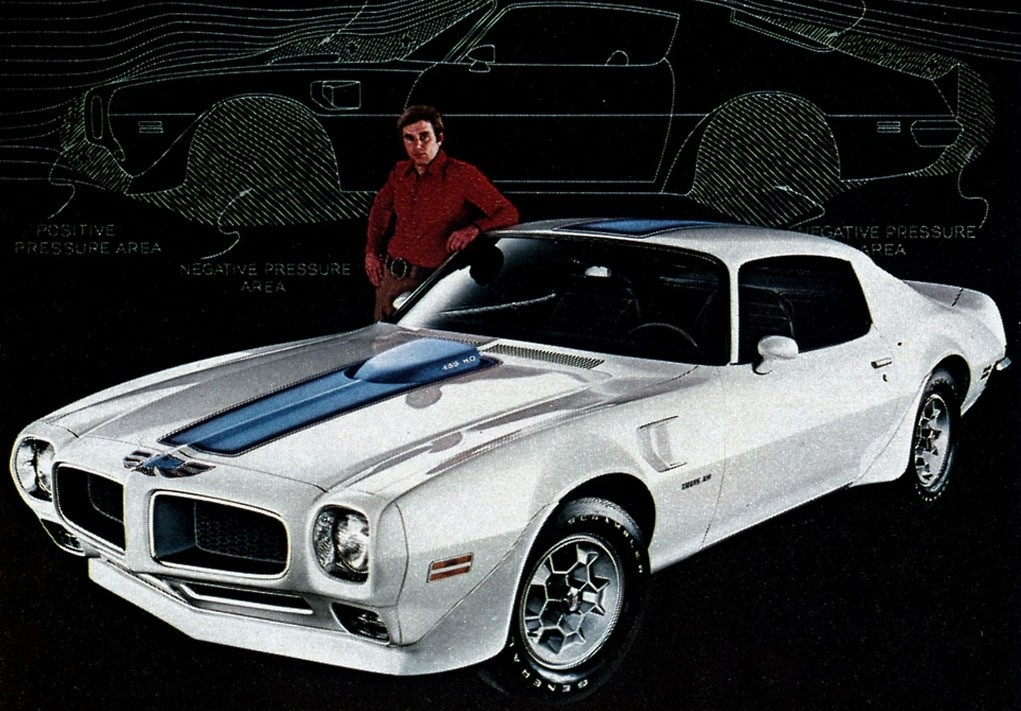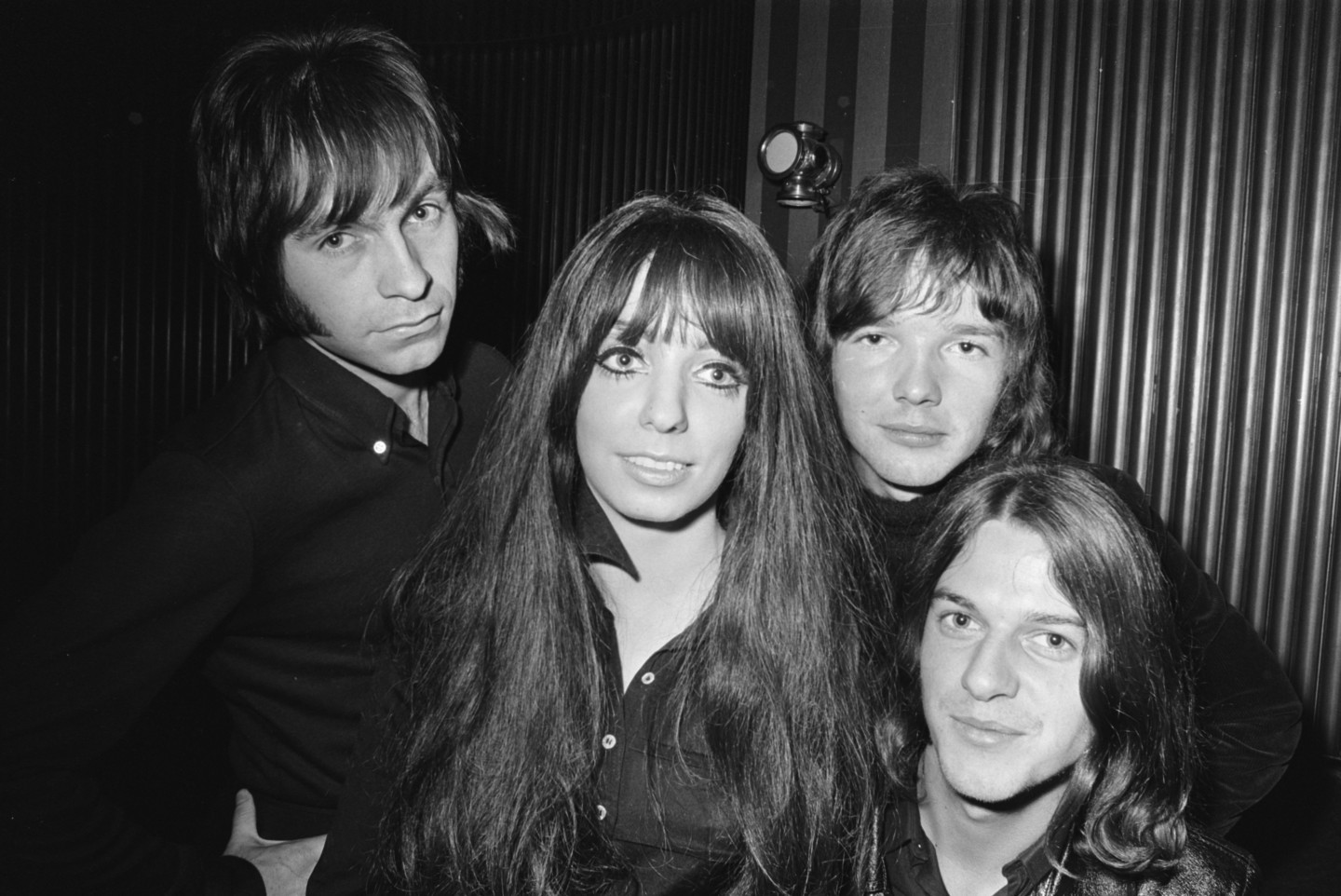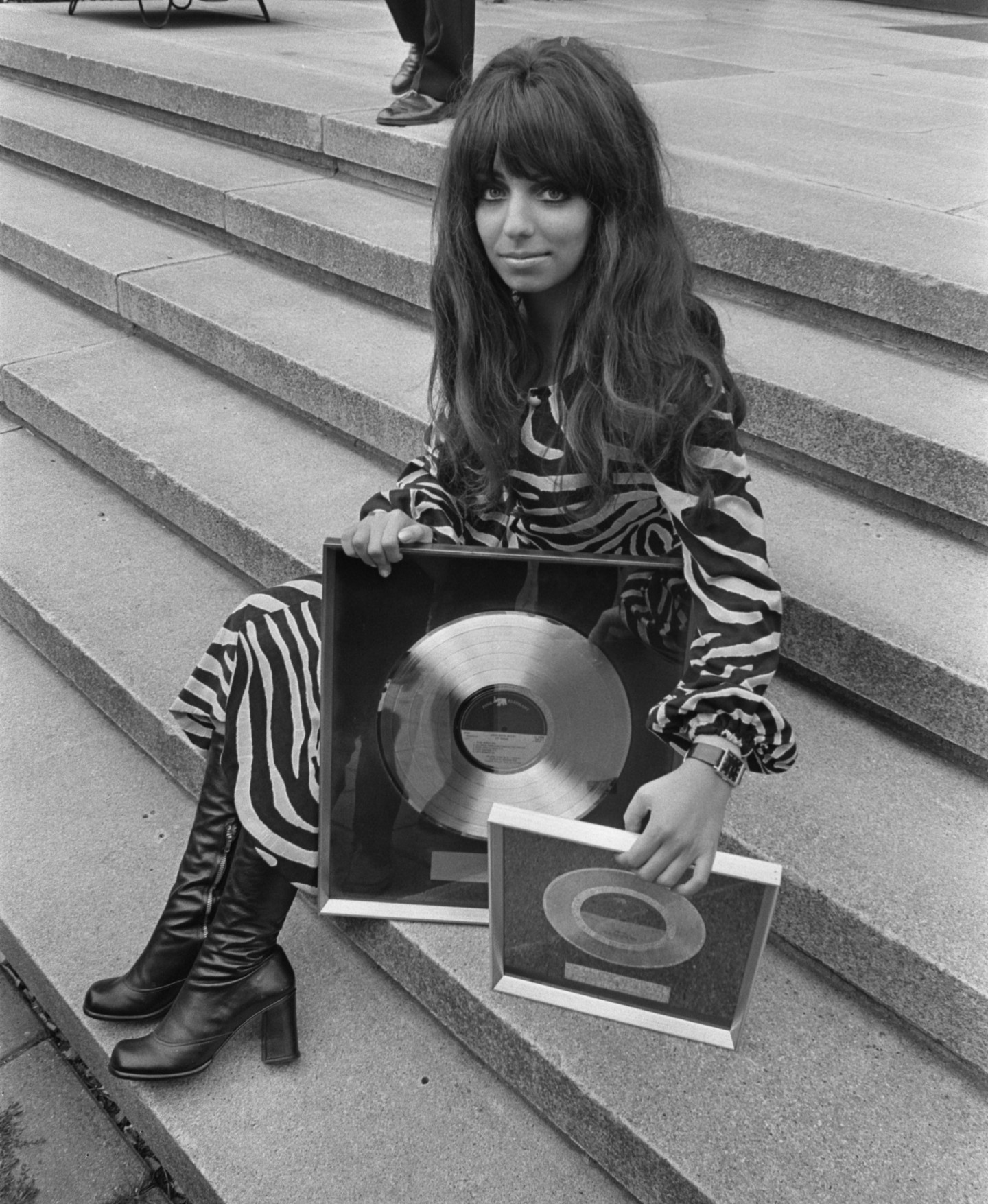Welcome to Cars and Guitars, Street Muscle’s new column where we match an iconic car with a popular song from back in the day. In this installment, we showcase GM’s fantastic second-gen F-Body and a Dutch rock band called Shocking Blue. Their international hit, “Venus” debuted in the fall of 1969, charting through the summer of 1970, just as the new second-gen F-bodies began rolling off the assembly line. Think of taking delivery of your new 1970 1/2 Trans Am, jumping in, and “Venus” begins to waft out of the speakers and you get the idea.
As always, any talk of GM pony cars usually leads back to the Mustang, so let’s start there. Of all the automotive battles of the last 100 years, none come close to the Mustang and Camaro rivalry. The original Mustang was unveiled by Henry Ford II at the World’s Fair in Flushing Meadows, New York, on April 17, 1964, and the automotive world was rocked to the core. The lithe little pony was good-looking and affordable and sold a million copies in 18 months. It was a huge hit that blindsided General Motors and took the company two long years to field a competitor.
The irony of this battle was Chevrolet had unknowingly “invented” the modern sporty coupe when it introduced Corvair in the fall of 1959. It took of few years to fully distill the sporty turbocharged Monza model, but for all intents and purposes, it was similar in size and personality to Ford’s new “it” car. Compared to the new Mustang, the Monza was suddenly an also-ran, a cool little coupe with a six-cylinder motor in the wrong place.
?si=wfspjaGSK7Bjpgkb
All that changed in the fall of 1966 when GM introduced the Chevrolet Camaro and the Firebird, its stablemate from Pontiac. The new F-body’s styling was right on the money, and it was available with a full arsenal of GM engines. The cars were well received and sold briskly, albeit not reaching the stratosphere of the 1964-66 Mustang. Remember, these were the heady days of the go-go sixties, and almost as soon as GM pony cars debuted, both were heavily revised for 1969. We love the 1967-68 models, but the 1969 Camaro and Firebird have become the favorites of first-gen F-Body aficionados the world over.
To be honest, the early F-body was a reaction to the Mustang styling-wise, lifting the “long hood, short deck” theme directly from Ford’s designers. Bill Mitchell, head of GM Design, was intent on rethinking the car for the 1970 model year with styling heavily influenced by Ferraris of the day. The result was the 1970 1/2 F-Body, in two divisional flavors, introduced in the spring of 1970, due to a strike at GM.
Suddenly, GM flipped the script and grabbed the pony car mantle from Ford with downright exotic lines that had more to do with Italian supercars than Dearborn DaVincis. Both second-gen Camaros and Firebirds had a long run until 1981 with many modifications and facelifts. In fact, later-era models sold better than ever in an era with federal mandates that strangled horsepower. Today, rubber bumper F-bodies are a hot commodity, especially with the retromod crowd.
Almost as important, the Camaro and the Firebird echoed music, culture, and fashion as well. From disco to hard rock to a little Euro band that expertly distilled American music and sent it back across the pond.
Shocking Blue was a Dutch rock band from the Hague, Netherlands. The group was first formed in 1967 and included Mariska Veres (lead singer), Robbie van Leeuwen (vocals/guitar/sitar), Klaasje van der Wal (bass guitar), and Cornelius van der Beek (drums). Shocking Blue had two minor hit singles in 1969, then followed them up with their international grand slam hit, “Venus.”
A driving beat and guitar riff laid a strong foundation for the fiery vocal by brunette beauty Veres. It was a winning formula and “Venus” peaked at #1 on the US pop charts in February 1970, almost exactly the same time GM unveiled the second-gen F-body. The song sold over a million copies and went on to #1 in several other countries as well. For a moment, they were the biggest pop act in the world.
Alas, it was the band’s only chart-topper in America, and they are considered a one-hit-wonder today. Goofy girl group Banarama took the song to #1 again in the eighties, but their version paled in comparison, lacking the soul of Veres’ lead vocal and swing of the original recording. Shocking Blue’s version currently has 69 million views to date on YouTube.
We included two videos here of the band. A mimed rendition as well as a very nice live performance from Japan, both at the peak of the band’s popularity. Not only do these clips offer a glimpse of the music scene back at the dawn of the seventies, but a peek at the au courant fashion that was the norm for European pop stars of the day. Shocking Blue looked as good as it sounded, and the images here capture them at the height of their youth and beauty.
In the lip-synched performance, singer Mariska and guitarist Robbie look like leprechauns that escaped Haight-Ashbury, in short knickers and blouses. The bass player and the drummer could be extras from the movie “Dazed and Confused.” Veres was the epitome of a rock chanteuse with heavy mascara, big hair, and bangs. It was rumored she wore a wig to achieve the jet-black, bad-girl look.
The song was radio-ready too. The guitar instrumental intro at the beginning was perfect for a DJ intro and incited the listener to turn it up and drop the pedal. “Venus” was written by guitar player van Leeuwen and produced by Jerry Ross. The song had almost a country swing to it but was underpinned by a heavy rock rhythm section full of musical hooks. It’s hard to pick a favorite aspect of the song but for us, we’ll go with the middle section with the soaring “aaaaaaah,” vocals from Veres.
Both the second-gen F-body and Shocking Blue’s “Venus” debuted over 50 years ago. The people and factories that built those groovy Camaros and Firebirds are dead and gone, as well as the music industry of post-war America. Sadly, guitarist van Leeuwen (77 years old) is the only surviving member of Shocking Blue. Drummer Cor van der Beek died on April 2nd, 1998, at age 49 in Rotterdam, Netherlands. Mariska Veres died of gallbladder cancer on December 2nd, 2006, at age 59 in The Hague, Netherlands. Bassist Klaasje van der Wal died on February 12th, 2018, at age 69.
Great music never dies, so queue up “Venus,” hit play, and when the band begins to groove, the smokey days of Detroit muscle and Shocking Blue burn just as brightly as they ever did. For a moment, forget about the madness of today and drift back to the days of GM pony cars and real music. Slip on your Qiana shirt and bellbottoms, grab your smokes, slide the key into the Z28, and bring the car to life. Then snap off a one-two shift, and head down to the strip while a heavenly rock and roll goddess rides shotgun and sings along in perfect harmony.









